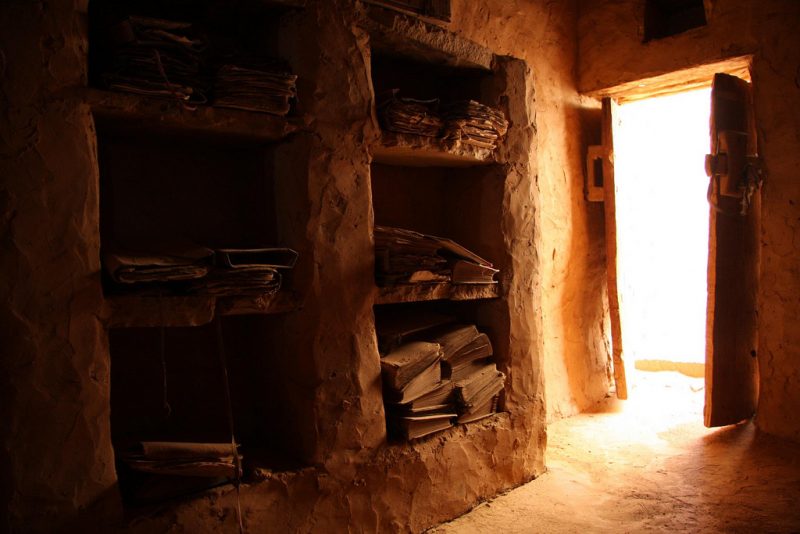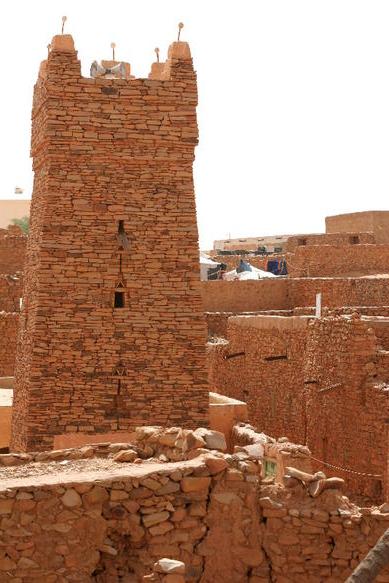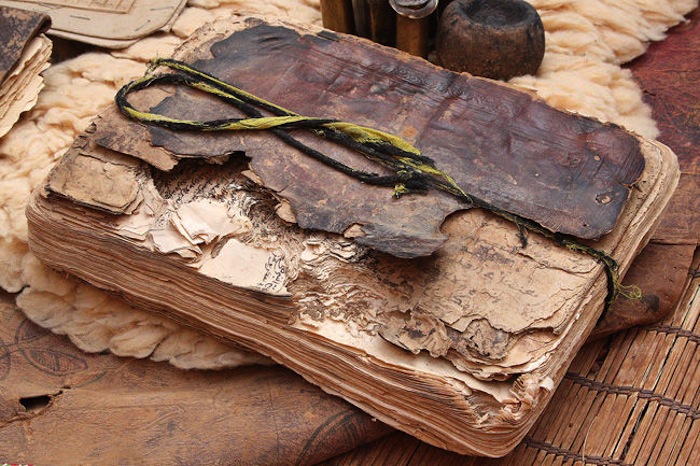Many know that the ancient Egyptians had some interesting beliefs and rituals. One particular belief is that the Sahara Desert was the Land of the Dead. Considering the Sahara is on the sunset side of the desert, the Egyptians believed that here one’s soul would find its final dwelling place in the afterlife.
It was thought there could have been a tribe that lived right in the Land of Thirst and managed to survive. One historian and archaeologist says that no one could live in the desert, but they could try to adapt as much as possible to live there for a while. What is especially interesting is that if tribes did actually live in the middle of the desert, then the Sahara may in fact have been filled with life and far from being the Land of the Dead.
The Valley of the Kings and the Old Kingdom Pyramids are on the western side of the Nile. Although the Egyptians were not wrong about how dangerous the desert is, they most likely did not expect anyone to live there. The reason these tribes were able to survive in the desert is because they catered to traders and travelers, who had no choice but to pass through the vast sands. The caravans would travel from Marrakesh to Fez and then to Timbuktu and back. As the tradesmen traveled to these tribes, the villagers accommodated them and took care of them before it was time for them to set off once more.
The towns were – and still are – made up of simple sand and rough stone houses and buildings. During the times of trading many people sought out the villagers to gain desert knowledge from them, especially from Maghreb. It is said the Ibn Battuta traveled there before heading off to China.
Those smaller villages and towns managed to keep up for a few decades. If one travels to the Sahara, they will see just how quiet it is and can obviously tell that caravans no longer pass through the area. Those places which once excelled in the desert are now ghost towns.

One place is Chinguetti, Mauritania. This desert town is protected by mountains on one side and a plateau on the other. If one was walking the desert, they would surely think that the little village was just a mirage. How could a small town be found between those two landscapes? It is said that the area appears almost medieval.
Archaeologists have a hard time understanding why that village still stands untouched, as if nature decided not to allow it to wither away, like others that would eventually deteriorate. Because the village is in good condition, people are able to tour the village. The small sand houses have wooden doors, openings in the walls (perhaps for windows), and labyrinthine streets. However, what many do not know is that this village had one of the most immaculate libraries for that era. Every book and scroll lays untouched in a coating of dust and sand.
There is still a librarian who works at the library, fulfilling anyone’s needs to gain more knowledge, just like the rest of the desert village residents had done. Many have commented on how the librarian seemed as if he had never moved an inch after all of those years, kindly awaiting new visitors to seek knowledge. There are leather volumes, books, booklets, and even vellums. The library room is filled with the scent of old books. Due to the books being so ancient, visitors are now required to wear gloves. The librarian told visitors about the documentations of the large caravans and camels that visited daily. Interestingly, a library normally represented high status patrons, but these libraries all over Chinguetti are free and not there to make money. It is said that no one visits the immaculate libraries anymore. Due to the fact that there are no longer traders or caravan drivers, the books sit untouched and unread.
While many believe that libraries are outdated and won’t be used as much as they used to, that did not stop the librarian from swelling with pride as he showed off the library. He knew just how important libraries were and still are. He knew that nobody would come unless they are historians or people interested in ancient books, but that did not stop him from showing visitors around.

Lead image source
